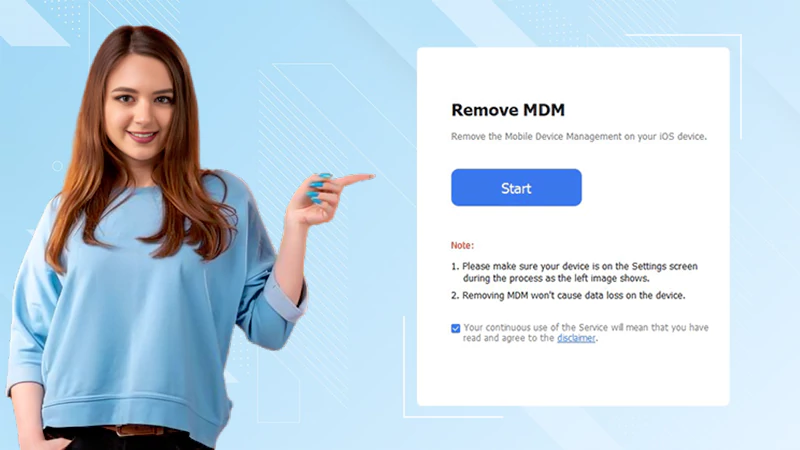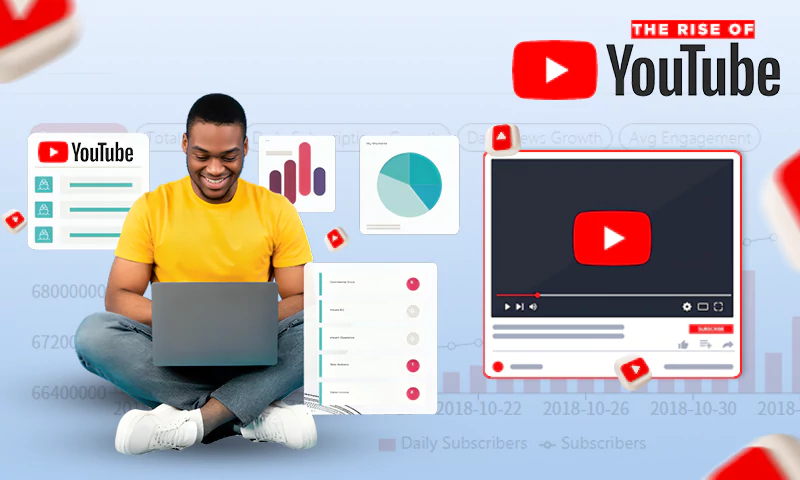What is UX Strategy? Basic Guide to Map Your Success
You’ve got a great idea for a product or service, and now it’s time to figure out how to make it happen. But what exactly is UX strategy? How do you plan for success? In this post, we’ll answer these questions and more with our guide to mapping your success.
What is UX Strategy?
UX strategy is a plan that defines how you will achieve your business goals through the design of your user experience.
UX strategy is an important part of product development, but it’s not just about creating an awesome app or website. It’s also about ensuring that you have a cohesive vision for what kind of products and services will be successful for your company in the long term. If you’re looking for hiring UX designers, then you’ve come to the right place! We are Limeup.io make sure to help you with your digital marketing agendas within a matter of time! Contact us today!
UX strategy goes beyond the user interface. It’s about identifying and defining what makes your product unique, and how you can use that uniqueness to set yourself apart from competitors. The process of creating a UX strategy will help you gain clarity on what differentiates your product from others in the market, which in turn will make it easier for you to communicate this vision to stakeholders and developers.
Behind the Scenes of Your User Experience Team
The UX team is a critical component of any business that wants to grow and succeed. The success of your product depends on the work done by your team. It’s important to understand what makes up an effective UX strategy so you can create one yourself.
A great user experience strategy should be built around four main areas: product vision; user personas; user research methodology; and design process. These are all interconnected, but they also have their distinct roles in creating a successful product:
How to Use Marketing and Sales to Enhance Your Product
One of the most important parts of building a successful product is getting customers to buy it. The process can be quite complex, but there are ways you can make it easier on yourself by using marketing and sales strategies that work for you. For example:
- Marketing: Use paid ads, social media campaigns, email blasts, and other forms of advertising to promote your product or brand in any way possible (whether through traditional channels like TV commercials or online banner ads). These efforts should ideally be targeted at specific groups within your target market who may not have heard about you yet—they’ll be able to give feedback on their experience with what they see!
- Sales: If all else fails (and sometimes even if it doesn’t), try selling directly from homepages where visitors can purchase products right away without going through any additional steps first; this will save both time AND money when compared to other methods like presells which require extra work before being able to sell anything.”
How to Find and Hire Talented UX Designers
You can find and hire talented UX designers by following these steps:
- Identify your target audience. This will help you determine what kind of brand they are and how they behave, which will affect the type of design you’re looking for.
- Use a survey tool like Qualtrics or Google Forms to collect data on your target audience (e.g., age range, gender). You should also ask them about their thoughts about current products/services to get an idea about what issues need addressing most urgently.
- Look at successful brands that are similar to yours—and compare them against their competitors too!
How to Use Data to Make Your Product Better
The most powerful way to improve your product is by using data. Data is the new oil – if you can get it, use it!
Data should be your first step in any new project or initiative where you want to make changes or add features. It can help you understand what users want and how they interact with your product so that you know where improvements need to be made. If someone has an idea for improving something about the way it works, a good place for them would be at their desk with pen and paper writing down all their ideas as they come up over time (this will give everyone else on the team more context).
If this seems like too much work for one person alone though – don’t worry! There are plenty of ways we can help out here at UX Strategy HQ:
A Good UX Strategy Helps You Improve the Success of Your Business.
That’s because it’s not just about creating a great product or service, it’s also about how people will interact with it and make use of it. It’s about making sure that users have an easy time learning how to use what they’ve bought, as well as understanding how best to use it once they’ve got their hands on it (if applicable).
Why Do You Need a UX Strategy?
It’s simple: if your product is not user-friendly, nobody will use it. If the people who are using your product can’t use it effectively and efficiently, they will stop using it. If they stop using it altogether—and this happens more often than we like to admit—then you have lost revenue and market share, which means that no matter what else has gone right with marketing or sales channels in the past year, those things won’t be enough anymore to keep up with demand (or even maintain profitability).
A good understanding of where users are coming from today helps inform decisions on where best to invest resources going forward.
How to Create a User Research Plan
- Define your goals and objectives.
- Create a map of the user journey.
- Build personas for every stakeholder, including your team and customers.
- The next step is to create a user research plan that will help you build an effective UX strategy for your business.
Defining the Goals of Your Product
Before you begin to map out your UX strategy, it’s important to have a clear understanding of what you want your product or service to achieve. This will help you determine which aspects of the experience should be prioritized and how they should be prioritized. It’s also helpful if there are any overarching goals for the business as a whole—for example if you’re creating an app for people with disabilities, then making sure that all users can use it effectively is something worth considering.
Gathering Data and Initial Insights
Now that you’ve got a sense of what your users are doing, it’s time to find out more about them.
- You can start by looking at existing data on your website or app. This will help you discover what people are doing when they visit the site and give an idea of their behavior and goals. For example, if someone recently bought something from you, it may be easier than ever before for them to revisit the site with their new purchase in mind (and hopefully complete another transaction). It could also be useful if there have been periods where no transactions have taken place since last year—this could indicate problems with user acquisition or retention strategies that needed improvement.
- Consider tracking user activity across multiple channels: social media platforms like Facebook Messenger or Twitter; email marketing campaigns; even text messages sent through mobile apps like WhatsApp or Kik Messenger!
Creating a Wireframe or Prototype in Sketch or Photoshop
Once you have a UX strategy and are ready to start creating a wireframe or prototype, there are two ways of doing so. The first option is by using Sketch (and its sister app, InVision) which has been specifically designed for designers and developers who want to create mockups quickly. It’s free if you’re an individual user, but if you want access to some pro features (such as the ability to collaborate on designs with other people), then it’ll cost $29 per month per person (with discounts available).
The second option is Photoshop CS6 which can be used by anyone regardless of their skill level; however, there may be better alternatives out there if budget isn’t an issue for your company/organization’s needs!
A good UX Strategy Requires Careful Planning and Skillful Execution
Your team needs to be on the same page about how you’re going to approach your user experience design at every stage of the project, from ideation through implementation.
You need to make sure that each member of your team has a clear understanding of what they need to do as part of this process, so they can perform their roles efficiently and effectively.
End users are the most important people in your business, so make sure you design for them!
The end user is the most important person in your business, so make sure you design for them!
End users are the people who use your products and services. They may be customers, employees, or members of your community. They provide feedback on how they interact with a product or service—and this can help you understand what needs to change so that it becomes easier and more enjoyable for them to use.
A Vision and Goals are Essential in Establishing a Successful One-page UX Strategy
The first step to getting started on your journey to creating an effective one-page user experience strategy is to define your goals and objectives. This will help you establish what success looks like, as well as how long it should take, who will be involved in achieving those results (both internally and externally), and any resources that might be needed along the way.
What are the Key Elements of a UX Strategy?
- User research
- Design and user experience principles
- Content strategy
- Brand strategy
Why is a UX Strategy Important to Your Organisation?
- It helps you understand your customers and the problems they face.
- It helps you build a roadmap for how to improve their experience with your product or service.
- It’s a way to communicate with internal stakeholders about what needs to be done so that everyone is on the same page when it comes to making changes.
It’s the Difference Between Having a Product that Users Love, and One that they love Enough to Stick with
UX strategy is the difference between having a product that users love, and one that they love enough to stick with.
It’s not about creating a beautiful design or even executing your vision for the best user experience—it’s about building something people want to use in the first place.
The strategy makes it easy for teams to know what user experience (UX) looks like, and how they can leverage it to succeed over time
If you’re not sure what your strategy is yet, you’re probably not in UX. There are many ways to approach this topic—and some of them may be more effective than others depending on the context of your business or product. For example:
The Limeup UX approach starts with understanding customer needs through research and analysis before designing anything at all. It’s great for startups because it helps avoid wasting time on things that won’t work out as planned; but if you don’t have resources available early enough in the life cycle (or if there isn’t much money left after paying salaries), this method might not work out so well anyway!
How do you Communicate Your Goals with Stakeholders?
You’re going to need a plan for how you’re going to communicate your goals with stakeholders.
These are the people who will be affected by your product or service, so it’s important that they feel as though they have a stake in the success of your product. They might not always understand what UX strategy is, but if you explain it clearly and concisely, they should be able to see how their input could make or break a project.
When you’re working with stakeholders, you must get them on board with your vision for the product. It may be that they want something very different from what you do, so it’s important to understand where they’re coming from before deciding how best to communicate your ideas.
Conclusion
As a business owner, you have many tasks to accomplish. One of them is creating a user experience strategy that will help your company grow and develop over time. You need to know how you want your product or service to look, feel and operate when people use it–and it’s equally important for other people who interact with it as well!
Share
















